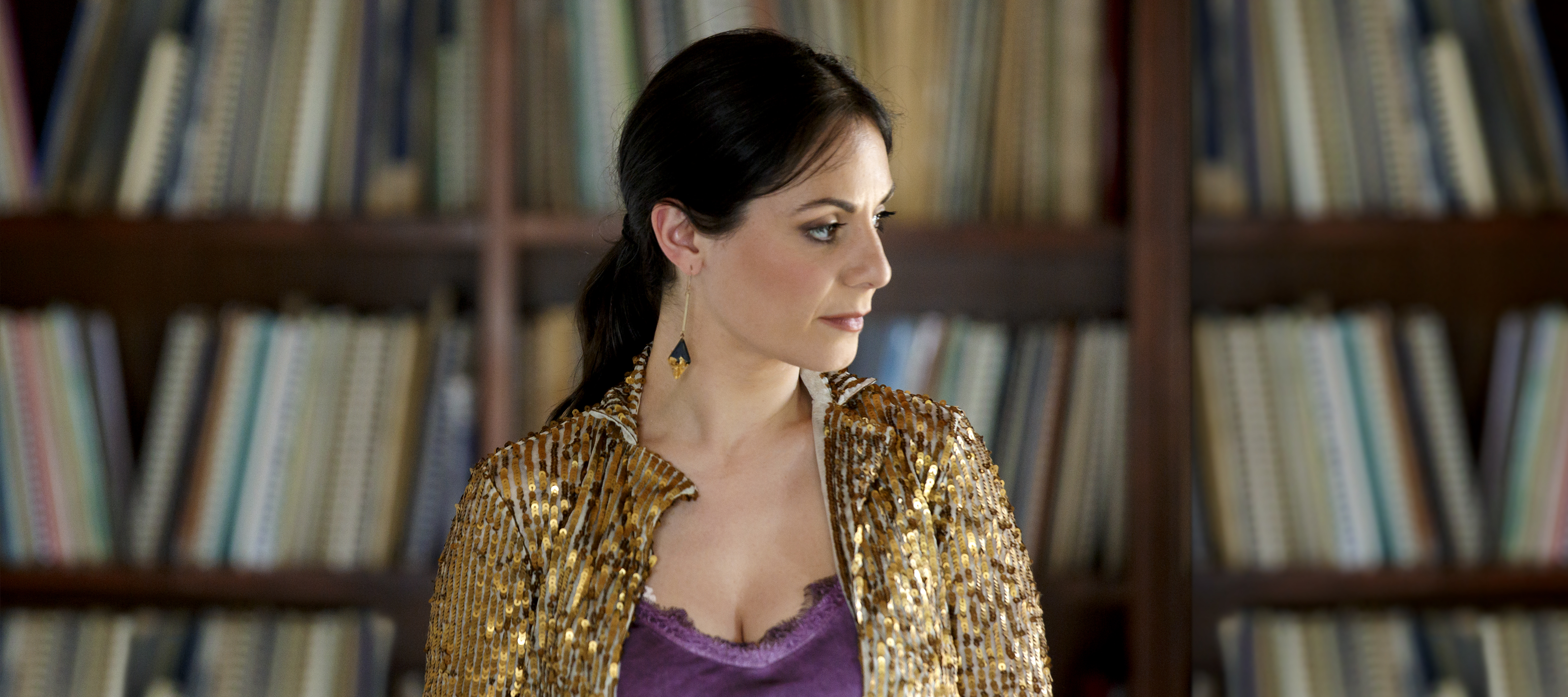The search for Lawrence Leighton Smith's successor as Colorado Springs Philharmonic music director got interesting on Saturday night when Australian Kynan Johns, the sixth and last finalist for the position, led the orchestra in a searing performance of Shostakovich's Symphony No. 5
Until Johns' appearance, the clear favorite was dark-horse candidate Josep Caballé-Domenech, an applicant who hadn't originally been a finalist, but who made such a powerful impression filling in for Smith in Berlioz's "Symphonie Fantastique" that he was asked to be considered for the position.
Johns may not quite have Josep Caballé-Domenech's poise, but he matches the Spaniard in his intensity and nearly matches him in his ability to draw great playing from the orchestra. As with Caballé-Domenech, we heard a dynamic range that made the other candidates seem two-dimensional, and a grasp of large structures that made Shostakovich's 50-minute symphony coalesce into a shattering epic of suffering.
Johns' podium presence is dramatic but controlled. His gestures range from near-invisibility to huge, as if daring the musicians to expend as much energy as he is. His right-hand beat is always discernable, but often obscured by a lot of stick-waving; his left hand is active down to the fingertips, although sometimes this seemed more for the audience's benefit than the musicians'.
In fact, you might dismiss Johns as another hyperactive spaghetti-flinger if it weren't for the excellence of the results. Johns' tempos were supple, well-chosen, and well-communicated to the musicians. The first movement's great arch had a sense of inevitability. The Mahler-esque second movement veered between charming and macabre. The third movement took us to the hushed depths of the composer's despair; the strings' ethereal sound at the end was as beautiful as anything I've ever heard from the Philharmonic. And the kaleidoscopic finale, which roughly mirrors the first movement's arch - except inside out - tied things together while lifting the story to a universal level.
The end of the finale was taken at about 60 beats per minute - the modern fashion, more slowly than the symphony used to be played. This turns what could sound like an unconvincing apotheosis into a frozen grin that fits perfectly with the tragic tone of what precedes it. In his excellent program notes, Michael Campion quotes Shostakovich: "It's as if someone were beating you with a stick and saying, ‘Your business is rejoicing, your business is rejoicing'."
(Alas, there's no compelling evidence that Shostakovich actually said this. The quote comes from "Testimony," a memoir supposedly dictated by the composer to Solomon Volkov, the authenticity of which is in doubt.)
The Shostakovich overshadowed a fine first half, highlighted by pianist Mariangela Vacatello in Liszt's showy Piano Concerto No. 1. Vacatello was poise and fearlessness personified, delivering everything with perfect ease, whether it was the big handfuls of notes near the beginning or the third movement's deft filigree. Her tone was not huge - at least, not where I sat - but it was always beautiful and never forced. Vacatello was born to play the piano.
The curtain-raiser gave a fascinating glimpse of 20th-Century Australian music. Peter Sculthorpe's "Sun Music III" portrays the Australian outback, a land in which the sun both gives life and takes it away. Johns described it as a landscape piece, and it's a varied landscape that has room both for folk-song-like modal passages and exotic modern techniques such as strings playing clusters of notes glissando. You could feel the sun beating down on you.

